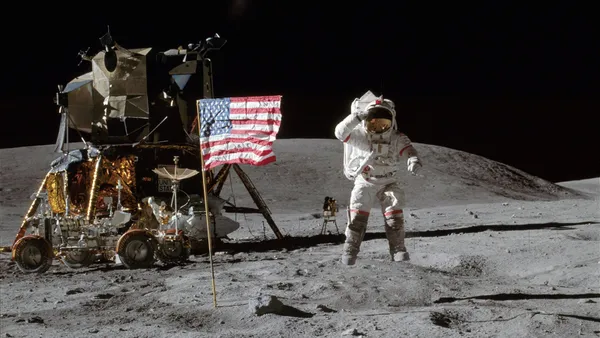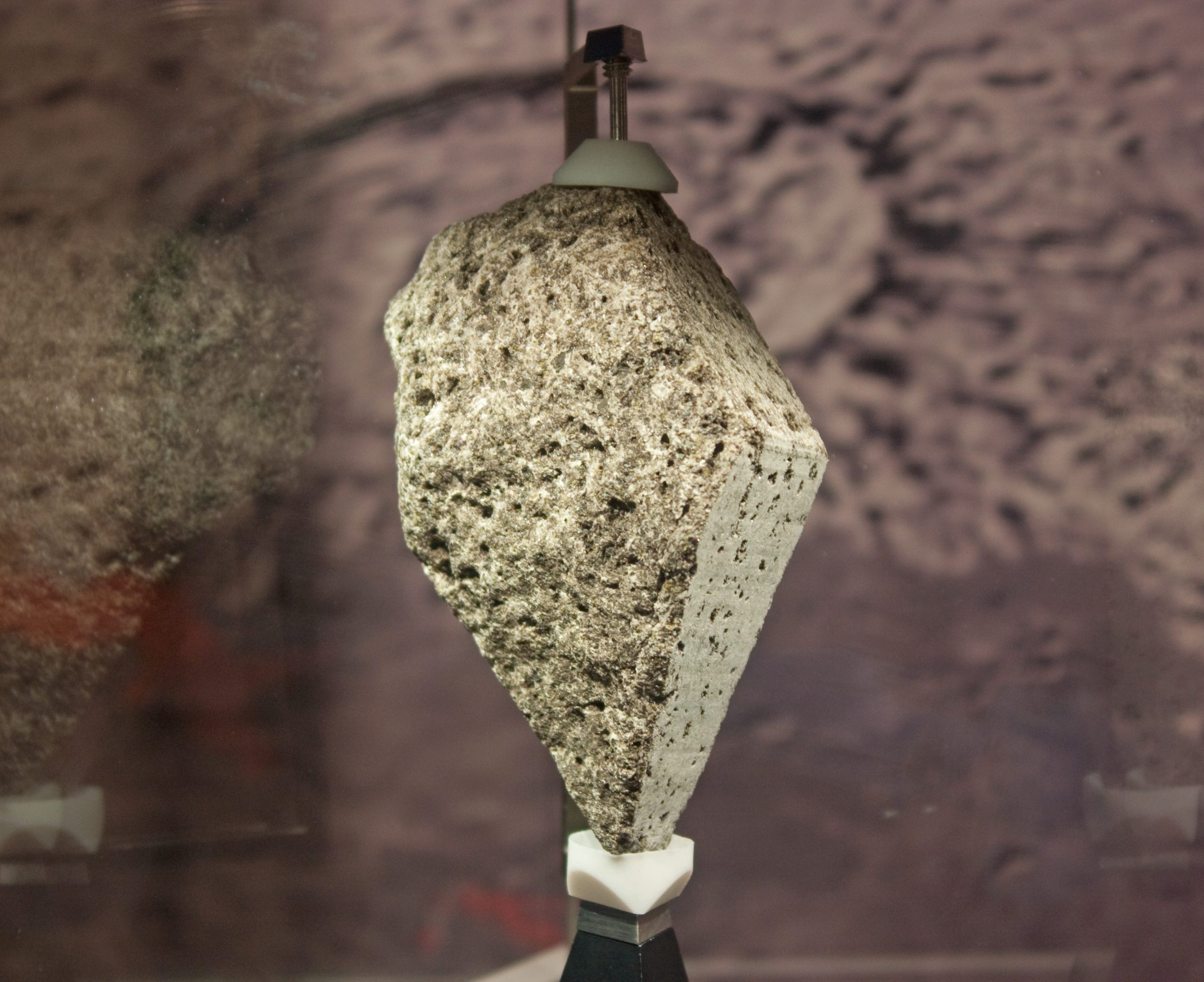Space exploration has long captured humanity’s imagination, but understanding other planets requires more than just telescopes and spacecraft. Geology—the study of Earth’s structure, processes, and history—plays a crucial role in unraveling the secrets of celestial bodies. By applying geological principles to space exploration, scientists can decode planetary surfaces, analyze extraterrestrial landscapes, and search for signs of past or present life beyond Earth.
Why Geology Matters in Space Exploration
Geology provides the fundamental framework for understanding the history and composition of planets, moons, asteroids, and even distant exoplanets. By studying the rocks, minerals, and geological formations of other worlds, scientists can determine a planet’s past environment, including the presence of water, volcanic activity, and atmospheric changes.
Understanding planetary geology helps:
- Identify habitable environments for past or present life.
- Assess surface hazards for landing spacecraft and future human missions.
- Decode the evolutionary history of celestial bodies.
- Compare Earth’s geological features with those found on other planets.
How Scientists Study Planetary Geology

Studying the geology of other planets is challenging, but scientists use a combination of techniques, including satellite imaging, robotic landers, and even meteorite analysis. https://gisvalley.com/how-nasa-uses-geology-to-search-for-life-on-mars/
Here are some key methods used in planetary geological research:
1. Remote Sensing and Satellite Imagery 🛰️
Space agencies like NASA and ESA use orbiting satellites and probes to capture high-resolution images and collect data about planetary surfaces. Instruments like spectrometers help identify minerals and elements present in rocks and soil.
Famous examples include:
- Mars Reconnaissance Orbiter (MRO): Maps the Martian surface in detail.
- Lunar Reconnaissance Orbiter (LRO): Studies the Moon’s topography and composition.
- Juno (Jupiter’s Mission): Examines Jupiter’s atmosphere and interior structure.
2. Robotic Landers and Rovers 🤖
Rovers and landers allow scientists to conduct on-the-ground analysis of planetary surfaces. These machines carry scientific instruments to study the terrain, analyze rock compositions, and even drill into the surface.
Some of the most significant rovers include:
- Curiosity (Mars Rover): Found evidence of ancient water and organic molecules on Mars.
- Perseverance (Mars Rover): Searching for signs of microbial life and collecting rock samples for a future return to Earth.
- Chang’e-5 (Lunar Mission): Brought Moon rock samples back to Earth for analysis.
3. Sample Return Missions 🚀
Bringing extraterrestrial material back to Earth provides invaluable insights into a planet’s composition. Scientists analyze these samples using advanced lab techniques that aren’t possible with remote instruments.
Examples include:
- Apollo Moon Rocks: Studied to understand the Moon’s formation and volcanic history.
- Hayabusa-2 (Japan’s Mission to Asteroid Ryugu): Retrieved asteroid material to study early solar system conditions.
- OSIRIS-REx (NASA Mission to Asteroid Bennu): Collected samples to help understand planetary formation.
4. Meteorite Analysis ☄️
Meteorites that land on Earth can provide clues about the composition of asteroids, Mars, and even the Moon. By analyzing their chemical and isotopic makeup, scientists determine their origin and the conditions that shaped them.
Famous meteorites include:
- ALH 84001: A Martian meteorite once thought to contain fossilized microbial life.
- Murchison Meteorite: Contains organic compounds, hinting at the building blocks of life.
5. Simulated Planetary Environments 🔬
Since traveling to other planets is difficult, scientists create simulated environments on Earth. Volcanic regions, deserts, and polar ice caps serve as analogs for Martian and lunar conditions. Astronaut training missions in these locations help prepare for future space travel.
Notable sites:
- Hawaiian Volcanoes: Used to study lava flows similar to those on the Moon and Mars.
- Antarctic Dry Valleys: Mimic extreme cold and dry conditions like Mars.
- Atacama Desert (Chile): A testing ground for Mars rover technology due to its dryness.
Geological Discoveries on Other Planets
Over the years, planetary geology has revealed remarkable findings about our cosmic neighbors:
Mars: The Search for Water and Life 🔴
Mars has river valleys, ancient lake beds, and evidence of subsurface water ice, suggesting it once had liquid water. The discovery of hydrated minerals and organic molecules fuels speculation about past microbial life.
The Moon: Tracing Its Volcanic History 🌕
Lunar geology has shown that the Moon experienced volcanic activity billions of years ago. The presence of basaltic plains, impact craters, and frozen water at the poles provides crucial insights into its evolution.
Venus: A World of Volcanic Activity ♀️
Venus, often called Earth’s “evil twin,” has a surface covered in volcanoes and lava plains. Recent radar mapping suggests that some volcanoes may still be active today.
Europa and Enceladus: Icy Moons with Subsurface Oceans 🌊
Jupiter’s moon Europa and Saturn’s Enceladus have icy crusts covering vast subsurface oceans. Their geysers spewing water vapor suggest the potential for life beneath their frozen exteriors.
https://www.scientificamerican.com/article/how-geologists-reveal-the-secrets-of-the-solar-system/
The Future of Planetary Geology
With advancing technology and upcoming missions, planetary geology is entering an exciting era:
- Artemis Program (Returning Humans to the Moon): Aims to explore the lunar south pole and establish a long-term presence.
- Mars Sample Return Mission: Will bring Martian soil and rock samples to Earth for detailed analysis.
- Europa Clipper Mission: Investigates Europa’s icy shell and ocean for habitability.
- Dragonfly (Titan Mission): A drone-like lander will explore Saturn’s moon Titan to study its chemistry and geology.
Conclusion: Why Geology is Key to Space Exploration
Without geology, our understanding of the cosmos would be incomplete. By applying Earth-based knowledge to other planets, scientists can piece together the history of our solar system, assess the potential for life beyond Earth, and prepare for human exploration. As missions venture deeper into space, planetary geology will continue to be at the heart of discovery, shaping our understanding of the universe.
From analyzing Martian rocks to exploring icy moons, geologists are modern-day cosmic detectives, helping humanity uncover the secrets of the solar system—one rock at a time.


